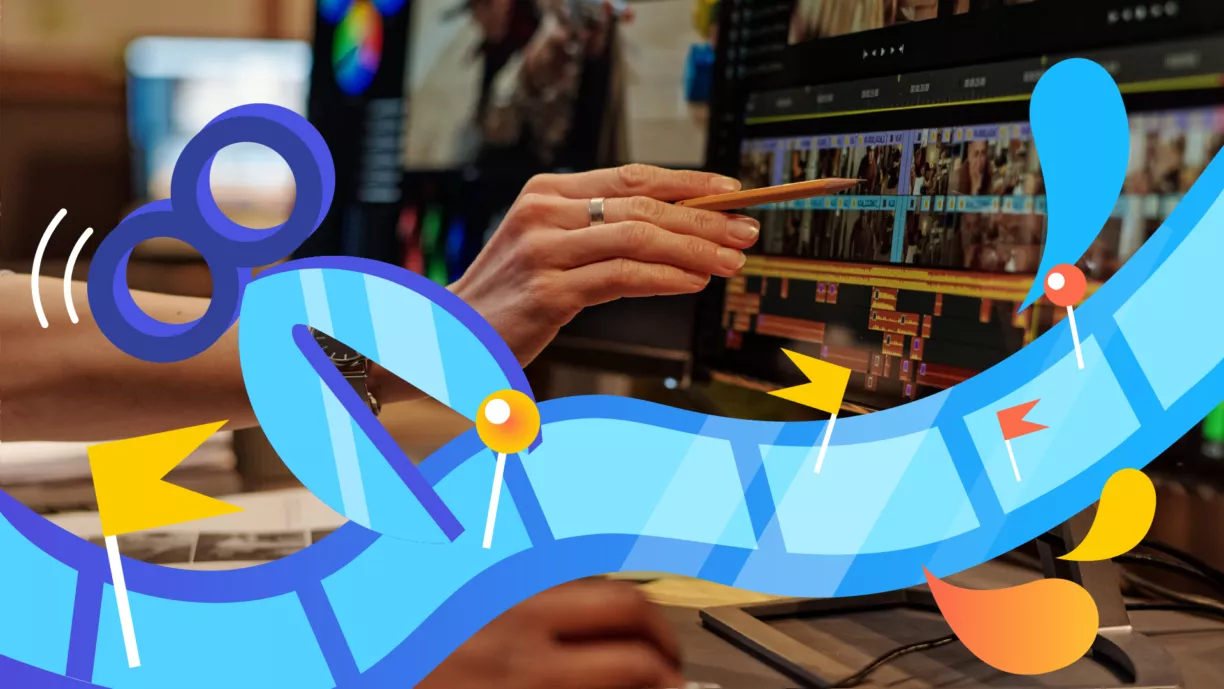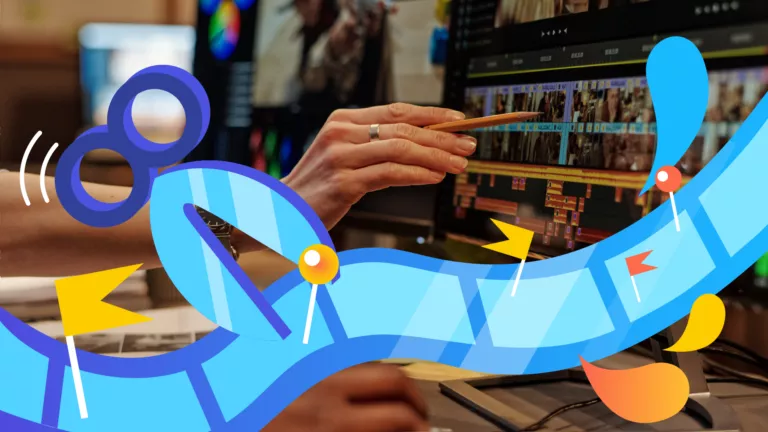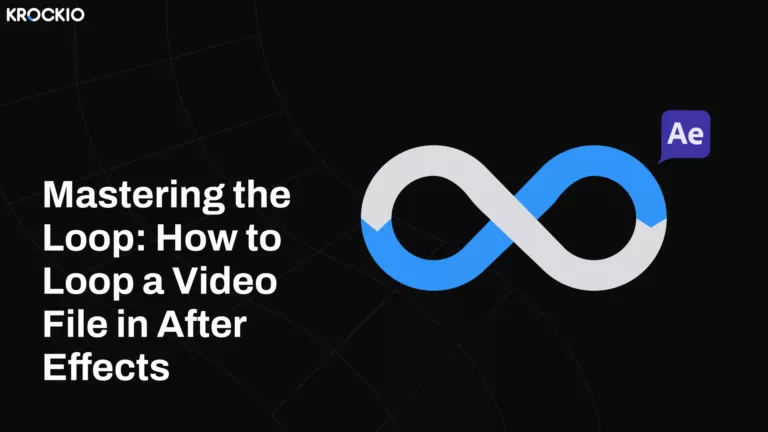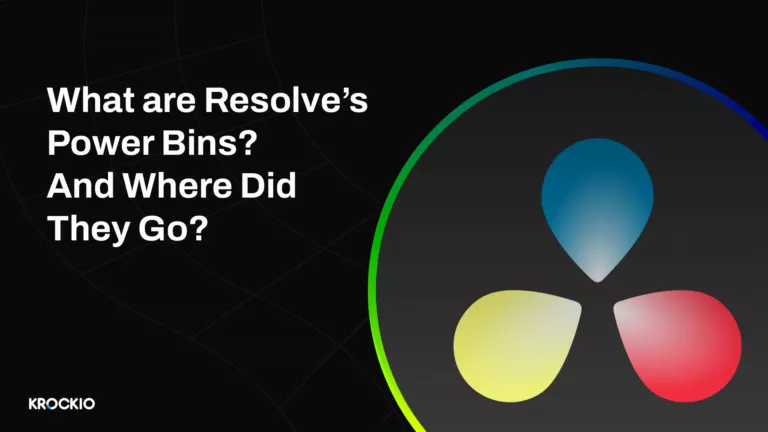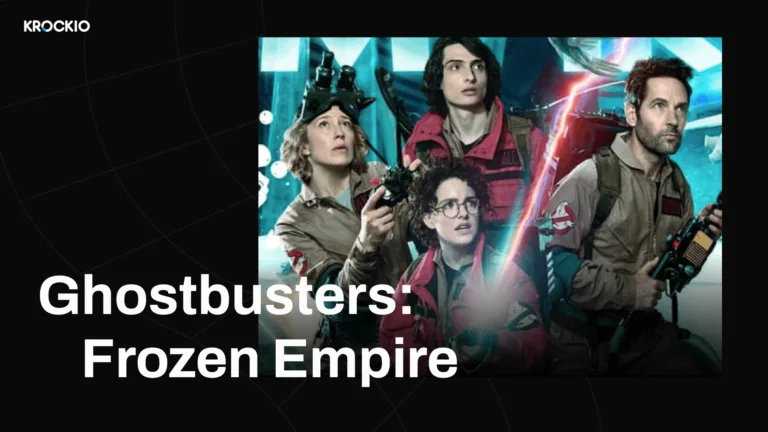The last step before a video comes to you for final review is usually editing. If you’ve ever had to create a video on your own, you are certainly aware of how time-consuming it can be.
A few things to keep in mind to improve your editing skills
1. Keep an updated project directory
Simply dump everything onto your desktop while editing a large project for the first time. You must create a project directory each time you begin an editing project.
Make a folder for the project and add a few more folders inside it with names like Raw Footage, Sound, Music, Photos, Graphics, and so forth. Sort all of the documents into the appropriate folders based on the kind. Additionally, it’s a good idea to label each individual file with a succinct summary of what it contains.
There is no need for specific folders; the project file, whether it be for Premiere or iMovie, can just be placed in the directory as-is.
This kind of project organization will make everything easily accessible and promote quick workflow.
It takes effort to properly organize your projects and files, but just a few minutes to label and arrange your videos will help you avoid wasting hours of precious project time.
The key is developing a straightforward organizational structure that you can apply consistently to each project.
Try a 2-week trial of Krock.io to experience the benefits of our platform ?
together with Krock.io!
2. Choosing a Reliable Computer
Even though having a powerful computer won’t guarantee that you’ll become a notable video editor, a quicker computer will let you spend more time concentrating on the story you’re attempting to tell rather than your computer’s rendering.
Everyone has a different view on the ideal machine for editing, but it ultimately comes down to personal preference.
3. Obtain an SSD
One of the most crucial purchases you can make for video editing is a fast storage drive. There are several causes for this. A speedier hard disk will firstly enable your computer to access your media and software more quickly. Faster render, loading, and export times will result from this. An SSD will often cost close to twice as much as a conventional hard disk, but it is unquestionably worthwhile.
4. Improved Memory (RAM)
Faster editing speeds are nearly always the result of more RAM. Because of this, the majority of contemporary NLEs advise that you have at least 4GB of RAM; but, if you’re serious about video editing, you’ll need much more. A professional editor with less than 8GB of RAM would be difficult to find. The better, the more RAM.
5. Choosing a GPU
The GPU will power any effects if you’re going to be working on graphics-intensive projects like color grading and correction. A pricey GPU wasn’t required for video editing for a time. But recently, a lot of NLEs (like Premiere) started offloading part of the workloads to the GPU rather than running them through the CPU in the first place. If an effect needs the GPU for processing, Premiere will display a small box next to it.
Look for the quantity of memory (measured in GB) and the number of CUDA cores when purchasing a GPU for video editing. The amount of graphics-intensive work you can handle depends on how much memory is inside the GPU.
6. Select the Correct Software
Choosing the ideal editing program is comparable to choosing the ideal vehicle. All of them will get you from point A to point B, but one may suit your tastes and preferences better than the others.
7. Watch tutorials on video editing
There are tons of helpful tutorials for making excellent video material on YouTube and educational websites. The majority of tutorials you’ll discover online are free, which increases their accessibility. Many highly precise instructions are available on websites like Video Copilot, Skillshare, and Red Giant Tutorials to assist you to improve your video content.
Target the software version of the program you’re running when searching for instructions on how to attain particular appearances and finish particular activities. From one version to the next, several organizations change the menu options and functionality.
8. Coloring
Color grading and color correction are the two parts of coloring. No matter how high-quality or well-edited your footage is otherwise, you shouldn’t neglect these crucial editing stages.
The technique of color correction involves altering common editing tools like brightness, contrast, and saturation to provide the same coloring in all of the clips. In order to verify that everything has a natural coloring—as the human eye would see it—those tools should then be used once more. Visual consistency depends on this editing step.
To give your story a particular tone, color grading employs the same tools as color correction, generally in addition to filters and effects. There aren’t any guidelines because each editor’s creative process will be unique. You can avoid color-grading if you’re not going for a specific aesthetic and prefer to keep things natural.
9. Use an additional sound source
Any alternative to the integrated camera microphone will provide you with clearer audio. If at all possible, use a better microphone and a different recording method to capture your sounds.
A non-linear editor is required for this, therefore if you have access to a live sound engineer, ask them to record each component individually and sync the audio in post-production. The waveforms can be visually matched, or you can have software like PluralEyes do it for you. Similar synchronization functionality is already included in Adobe Premiere CC.
Sadly, entry-level editors are unable to achieve this. In that situation, attempt to obtain a lavalier or other type of microphone that can be plugged directly into the camera. Check out the top shotgun mics to improve your audio skills.
10. Tell a Story
When editing, always tell a tale and keep in mind the three basic elements of a narrative: beginning, middle, and end.
Some of the best storytellers in the world work as editors. Without them, your footage would just be a collection of unrelated images. The greatest ones are among the highest-paid employees in the film industry because they create the framework for the final video.
Conclusion
If you’ve made it this far, you probably want some tips on video editing or are a beginner editor searching for suggestions on how to edit videos more effectively. The ones we’ve listed here, though, ought to suffice for now. The next time you start your newest editing project, keep these in mind.
Check out more articles on getting started with Krock.io:
- 5 BEST FREE Video Editing Software
- Krock.io Use Case: Film & TV Companies
- 5 steps to a successful creative review and approval process
If you have any questions or need help, just let us know.

